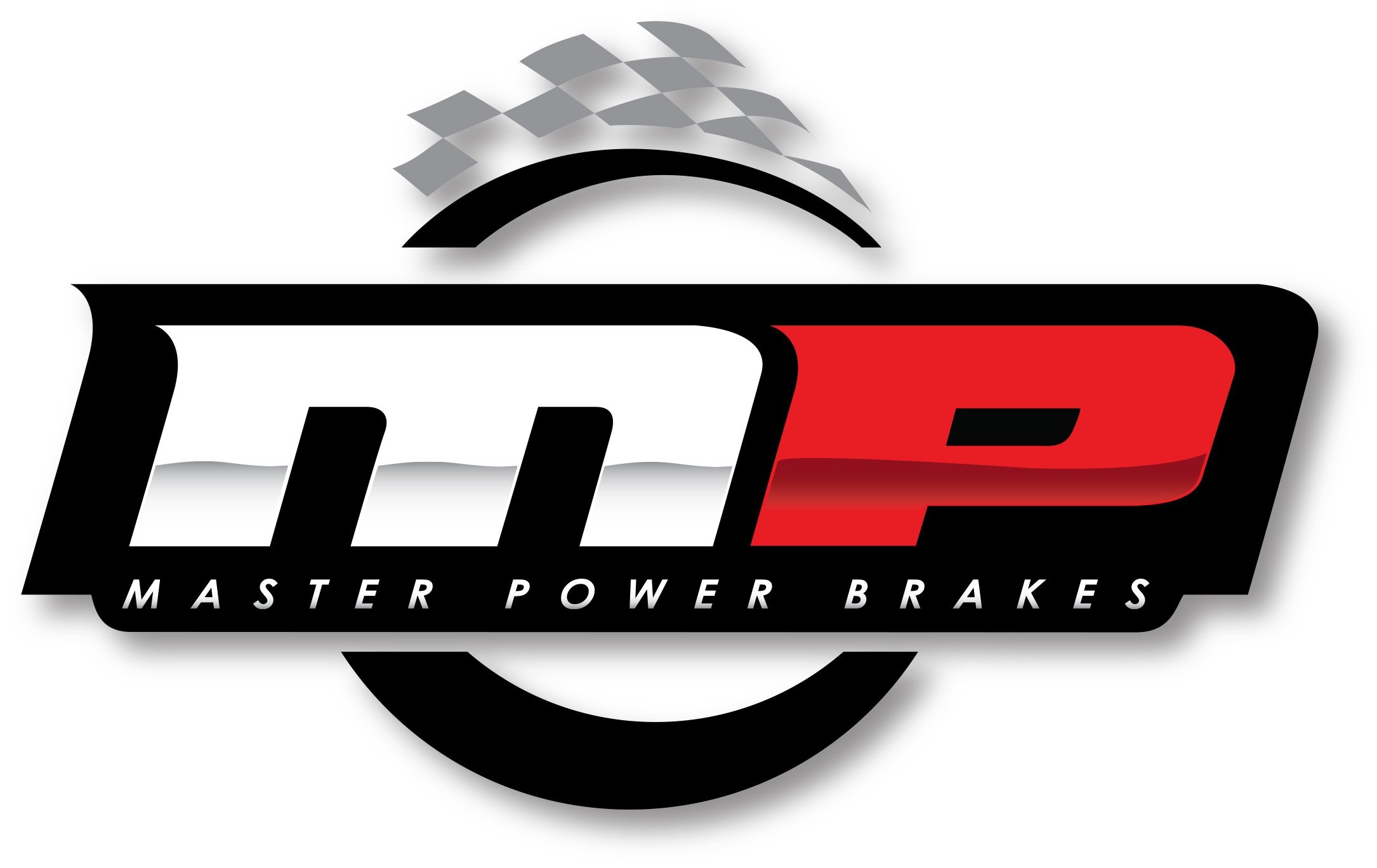The owner of a 55’ Ford Sedan just sent us a note asking why we don’t recommend using DOT 5 brake fluid with our brake kits. Chances are good some of you are asking the same question, so this post is designed to clear up confusion about the different types of brake fluid.
If you cruise over to the local auto parts store, you’ll see all kinds of brake fluids in the aisle. DOT 3 is always the cheapest option—DOT 4 is about 50% more expensive than DOT 3 and DOT 5 is about two times more expensive than DOT 4. Some owners mistakenly assume that the higher cost of DOT 5 equates to better performance, but this is not always the case. In fact, sometimes the exact opposite is true. To get a better handle on why we don’t recommend DOT 5 for our brake kits, we need to take a crash course in chemistry.
Common brake fluids such as DOT 3, 4, and 5.1 are mixtures of glycols and glycol ethers while DOT 5 is silicone based. DOT 3, 4, and 5.1 are hydroscopic, which is a fancy way of saying they absorb water. We know what you are thinking–brake line moisture is evil! It is true that we try to keep our brake systems “dry”, but over time, even a buttoned up brake system with tight seals and new lines absorbs moisture. The key here is what happens to that moisture after it enters the system.{{cta(‘c72ee6a5-e3af-45bb-a8ac-bf04e76e15de’,’justifycenter’)}}
DOT 5 doesn’t absorb moisture, so some folks think it is the better choice, but is it? Before you go rushing off to the parts counter, remember even though DOT 5 doesn’t absorb water, it can’t/won’t prevent moisture from entering the brake system. And since the water isn’t absorbed by DOT 5, moisture puddles and causes localized corrosion within the brake system. As funny as it sounds, DOT 3, 4, and 5.1 absorb moisture, which in turn eliminates the puddling that can cause corrosion. More importantly, when brake fluid heats up, water trapped inside the brake lines (but not absorbed by the brake fluid) is converted from liquid to vapor. Steam compresses easier than liquid. With this in mind, imagine barreling down the road at high speed and hitting the brakes. When the hydraulics sends DOT 5 fluid through a pocket of steam in the line, that drop in pressure creates a soft pedal.{{cta(‘7c1c52a2-5ef4-47b7-b902-7e0d16b27a73′,’justifycenter’)}}
If you have done any reading, you’ve probably heard DOT 5 doesn’t eat paint. This is true. Accidental spills and undetected leaks happen, so if you have big money in a custom paint job, DOT 5 may sound like a solid play despite the extra cost. That said, if you think selecting the proper brake fluid is simply a matter of choosing between the lesser of two potential evils (a soft pedal versus damaged paint), think again. Most folks know they aren’t supposed to top off DOT 3 or 4 brake fluids with DOT 5, but don’t know why. The answer goes back to the chemistry. Combining even trace amounts of a glycol-based brake fluid with DOT 5 can cause the two incompatible fluids to gel, resulting in poor braking. Converting to DOT 5 also requires thorough flushing and removing ALL traces of the old fluid to avoid seal damage. For all of these reasons, we do not recommend using DOT 5 brake fluid with our brake kits.
We hope this post helps to clear up the confusion on DOT 5. As always, if you have questions about any aspect of your brake system or if you need ideas on how to improve the brakes on your classic car, give us a call or drop us a line. Our entire team is crazy about old cars and we’ll gladly lend a hand!
{{cta(‘d53e29bb-15fb-4e28-ab9a-d03b9963e4c6′,’justifycenter’)}}

